Low engine oil pressure: what are the causes?
Car owners all know the importance of engine oil and lubrication. In this post, we are going to check what are the causes of low oil pressure in your engine and then give you some tips on how to lower the risk of it happening.
engine oil expiry date
- Lack of Sufficient Oil in the Engine
Even if the appropriate quantity of lubricant was applied during an oil change, there is still a possibility that an excessive amount of oil was used up as a result of evaporation, burning that was caused by worn piston rings, and leaks via the seals or oil plug.
The engine's age causes an increase in the amount of oil it consumes, therefore checking the oil level and adding more may be a straightforward remedy.
However, if there are leaks visible outside the engine or oil droplets on the floor, the component that is leaking should be rectified as soon as feasible.
When an engine gets old, it will need more oil than it did when it was new.
When the engine has to be overhauled is when it burns up a quart of oil every 1,000 to 2,000 miles.
Even though the engine is not particularly old, the oil level may be dangerously low if the period between oil changes is allowed to go on for too long.
As a result, ensure that you check the oil level regularly and adhere to the recommended intervals between oil changes.
- Viscosity that is either Too High or Too Low
When the viscosity of the oil is either too low or too high, it can be identified as a loss of pressure in the oil supply that is sent to the engine.
When the viscosity of the fluid is low, there is less resistance to the flow of the fluid through the system, which the pressure gauge or sensor will interpret as a lower pressure.
A viscosity that is too high might result in increased resistance from the oil that is being pumped, which would cause a loss of lubrication in the system and, as a consequence, a drop in pressure.
The initial lubricant viscosity that was chosen, the operating temperatures, the breakdown of viscosity index improver additives, and the presence of impurities such as glycol and soot all have an effect on the oil's viscosity in an engine.
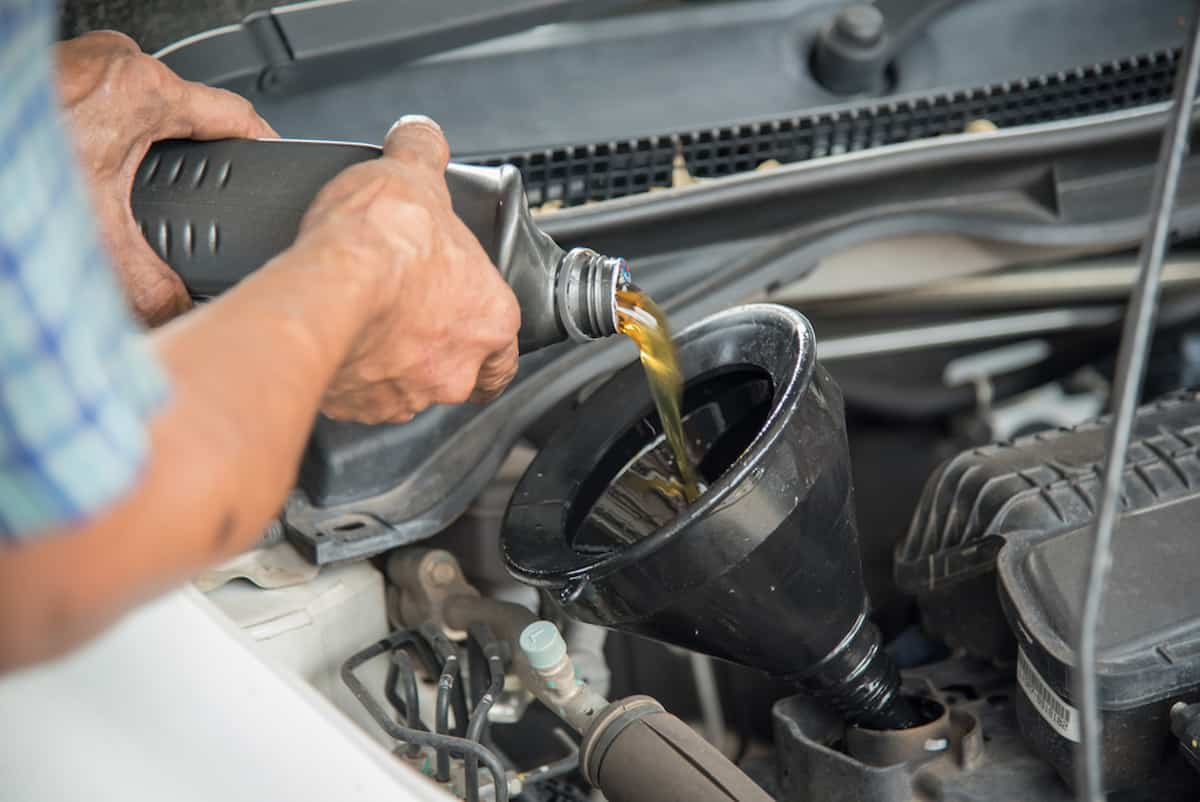
engine oil types
The engine or car handbook should provide the appropriate viscosity grades for the equipment, taking into account both the design of the equipment and the ambient temperatures in the area where the vehicle will be operating.
Particularly concerning for cold-weather engine starts is the possibility of selecting a viscosity that is greater than normal.
In conditions of extremely low temperature, not only do you have to select the appropriate viscosity for the lubricant, but you may also be required to make use of an oil heating system.
A low viscosity can be the consequence of a number of different circumstances, including fuel dilution, the selection of the wrong lubricant viscosity, or extreme temperatures brought on by overloading or a malfunction in the cooling system.
- Low Pressure Appearing to Be Present
When it comes to diesel engines, the pressure gauge will most often display the current pressure in either pounds per square inch or bars.
Some producers of lubricants provide lubricants with a lower viscosity that are nevertheless within the range of the SAE grade.
This is the case with some of these firms.
If the viscosity of the fluid is reduced, the fluid will flow more easily through the lubricating systems.
However, this may cause the pressure gauge to read lower.
When the blood pressure is measured and found to be within the normal range, there is no need for alarm.
It's possible that certain lubricants will create higher pressures than others, so keep an eye out for that.
- Wear on the Engine
If the oil level on the dipstick is between "add" and "full," a probable reason of low pressure would be worn engine bearings, especially if the engine has a very high mileage on it.
Another possible cause of low pressure would be a clogged oil filter.
The pressure declines as a direct result of excessive wear because the flow restriction is reduced to its original level.
Should this be the case, it is quite probable that the engine will either need to be refurbished or replaced.
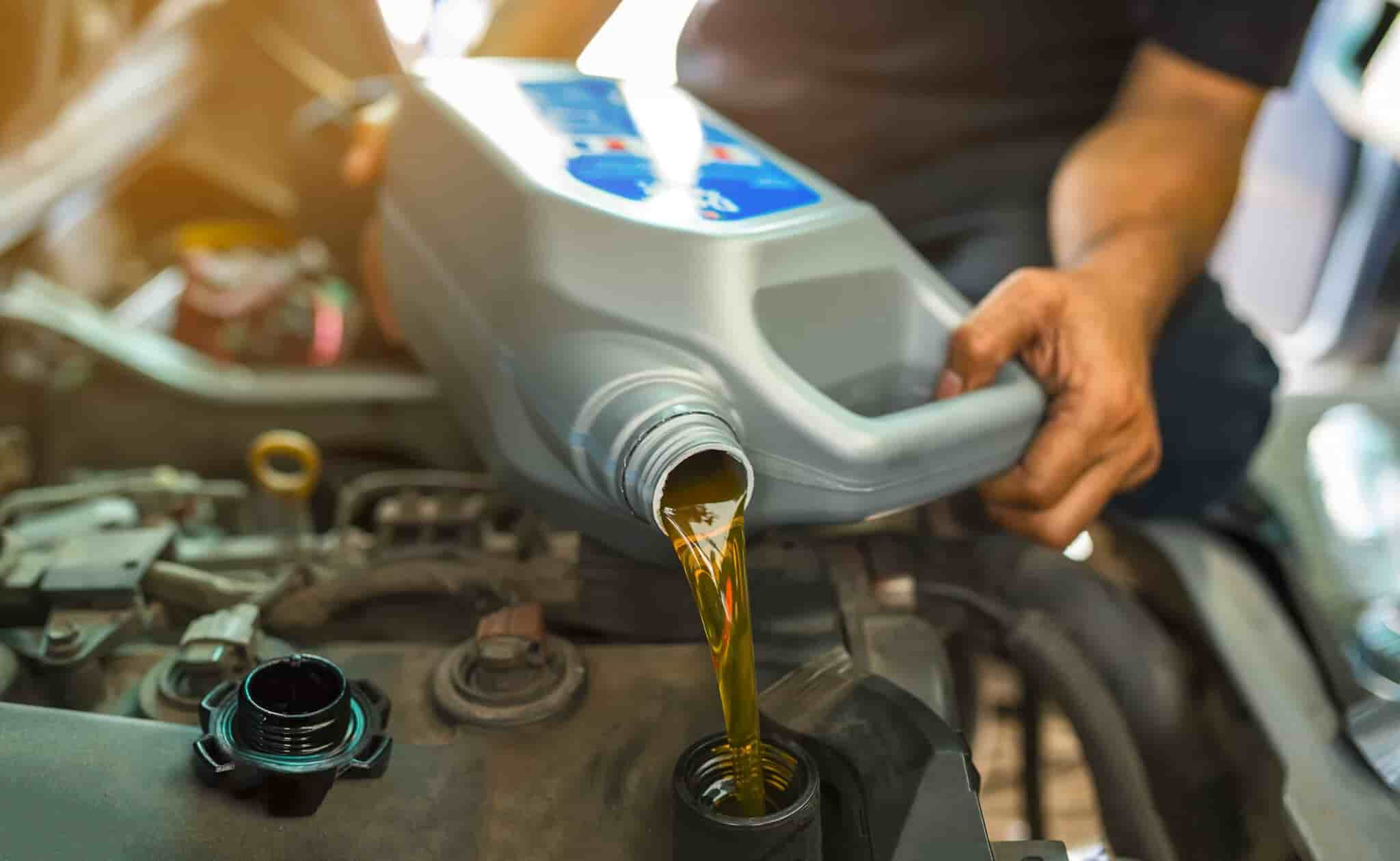
engine oil density
- Oil Pressure Gauge That Is Not Working Properly
It is possible that the problem is with the sensing unit if the oil pressure warning light has illuminated but you have verified that the oil level is appropriate, the engine is operating normally, and there are no unusual noises or high temperatures, as this indicates that the engine is operating normally.
It is recommended that you use a gauge to check the level of oil pressure.
Simply replace the oil pressure sensor if the pressure is within standard parameters.
If, on the other hand, the warning light or low gauge reading persists after the sensor has been replaced, the issue is most likely caused by a faulty oil pump.
- Wear on the Pump
If the engine is making a lot of noise despite the fact that the oil level on the dipstick is between "add" and "full," it's possible that the oil pump is worn out.
Internal leaks cause a worn pump to be unable to provide the necessary pressure, rendering the pump useless.
Put a halt to the engine until the problem can be resolved.
It seems like the pump will need to be replaced.
- Plugged Filter
When assembling a lubrication system, the pressure gauge comes in at a later stage than the filter.
Lubricant deprivation is a potential outcome in the event that the filter becomes clogged with impurities and the bypass valve does not perform as it should.
A filter that has become blocked is frequently the consequence of an oil that has been overextended.
There is also the possibility that contaminated water or soot caused it.
The presence of water is often caused by a leak in the cooling system, but excessive soot may be the consequence of inefficient combustion.
In the event that the bypass valve is not operating as it should, the faulty filter might be to blame.
The flow chart that details the examinations and activities that should be taken in response to low oil pressure in an engine can be found above.
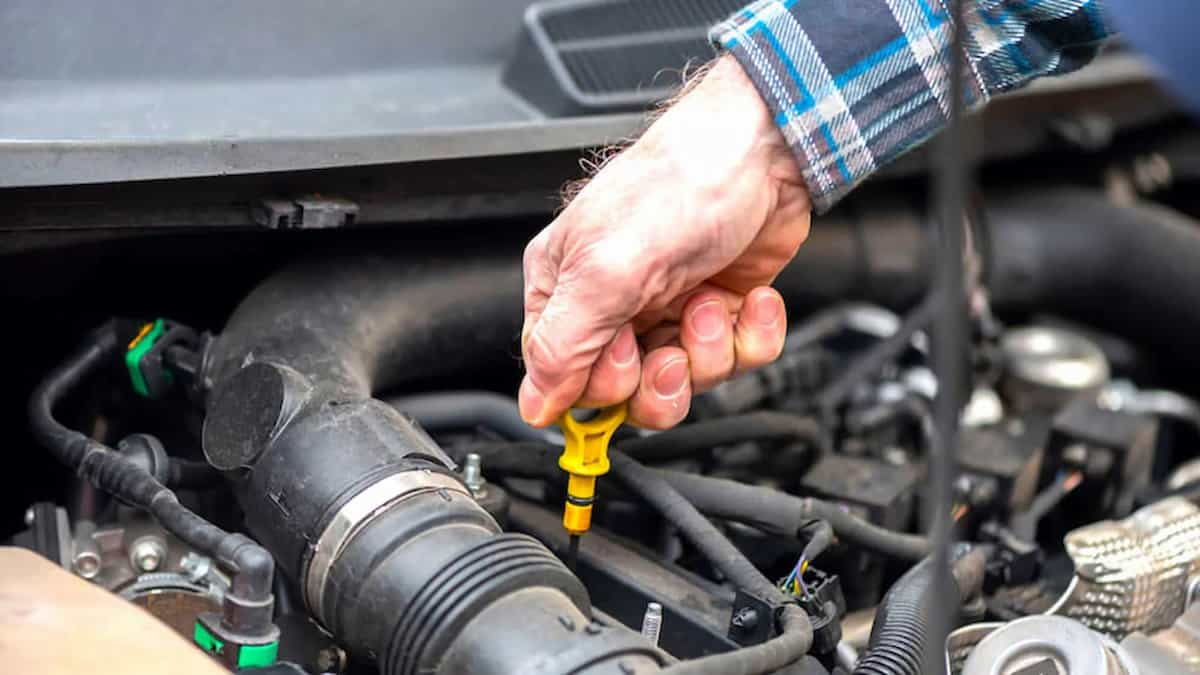
What causes low engine oil pressure
Now that we know what causes low engine oil pressure we will proceed to learn more tips and what to do if it was our case.
The pump, the oil filter, the lubrication lines, and the hardware are the basic components that make up the lubrication system of an engine.
The resistance that the oil must overcome in the lines in order to reach the lubricated components is what contributes to the generation of pressure inside the system.
Lubricant is pushed through the system with the assistance of a pump.
When an engine is in the process of being designed, the pump is developed to be able to provide the necessary pressure and flow so that the lubricant may be pumped to even the most far-flung component.
When the oil pressure is low, it is a sign that something else in the engine is not functioning as it should.
It is also an indication that the system does not have a sufficient amount of lubricant going through it.
Keep in mind that if there is not enough lubrication, there will be metal-on-metal contact, which will cause the machine to break down.
It is possible for an engine to stop working in as little as a few minutes or as long as a number of hours, depending on the severity of the condition.
Because a significant portion of the engine could need to be replaced, the cost of the repair might also be high.
If you change the oil and filter in your engine at the recommended intervals, you will lower the likelihood that the oil pressure may drop too low.
Additionally, be sure to use lubricants of high quality, including those of the suitable viscosity grade and acceptable quality level, as outlined in the engine or automobile handbook by the American Petroleum Institute (API).
Be sure to check the oil level on a regular basis and examine your engine (as well as the floor of the garage) for any signs of leakage.
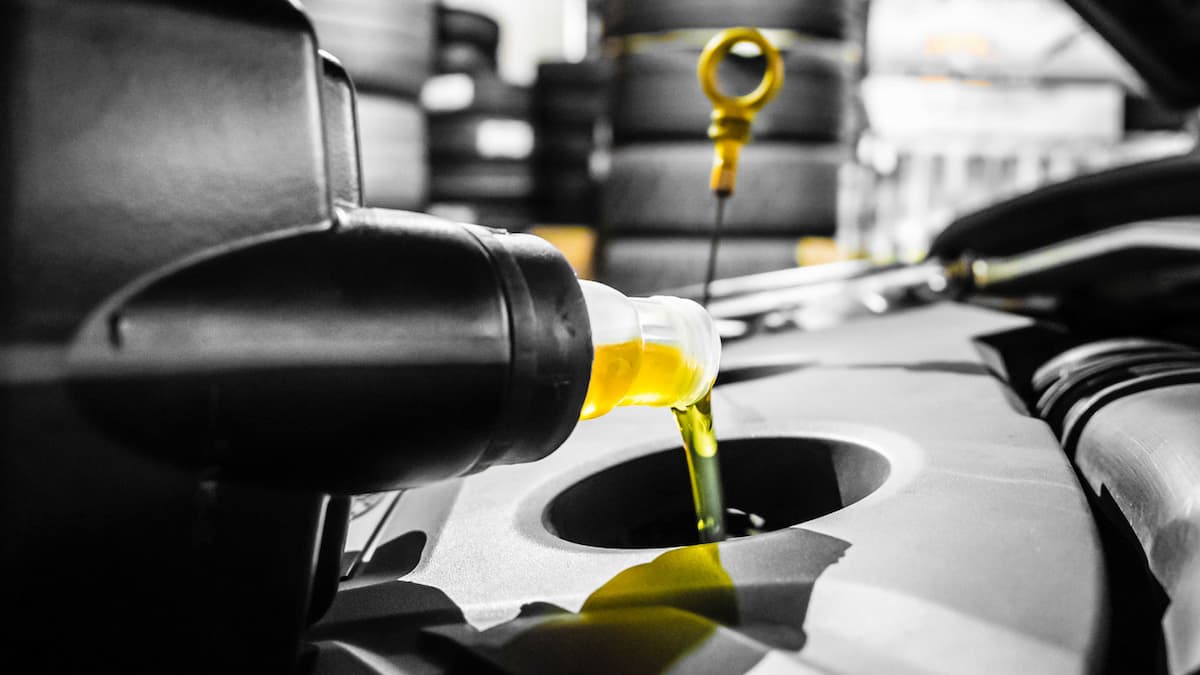
engine oil price
In addition, be sure to keep an eye out for blue smoke coming from the exhaust, especially with high-mileage engines.
Do not operate your vehicle if the pressure sensor is illuminated and you are unsure what the cause of the illumination is.
The use of oil analysis to identify the state of both the oil and the machinery is going to be the most effective form of predictive and preventative maintenance for fleets.
The viscosity of the oil has an effect on the pressure.
If you were to spill oil onto a sloped surface, it would naturally go downhill because of the gravitational pull of the earth.
When the viscosity is increased, the flow rate of the lubricant will decrease.
The term "viscosity" refers to a substance's resistance to flow.
The viscosity of a lubricant will change depending on the temperature, becoming more fluid at lower temperatures and becoming more viscous at higher temperatures.
Therefore, the engine oil viscosity will be dependent on the temperature of the surrounding environment when the engine is being started, in addition to the temperature at which the engine normally operates.
Viscosity is often measured using one of two popular methods.
The first method consists of timing how long it takes for the oil to go from one end of a capillary tube to the other by timing how long it takes the oil to flow through the tube.
Another method for determining viscosity is to place the lubricant in a cup that has been calibrated and then agitate the mixture.
When the viscosity is higher, it will be more difficult to stir the mixture.
A torque meter in the laboratory is used to determine the value of this resistance.
For reliability in the outcomes, the tests are carried out at carefully controlled temperatures.
The majority of people who own cars are aware of the viscosity ratings that were designed by SAE International.
These grades include things like SAE 30, SAE 40, and so on.
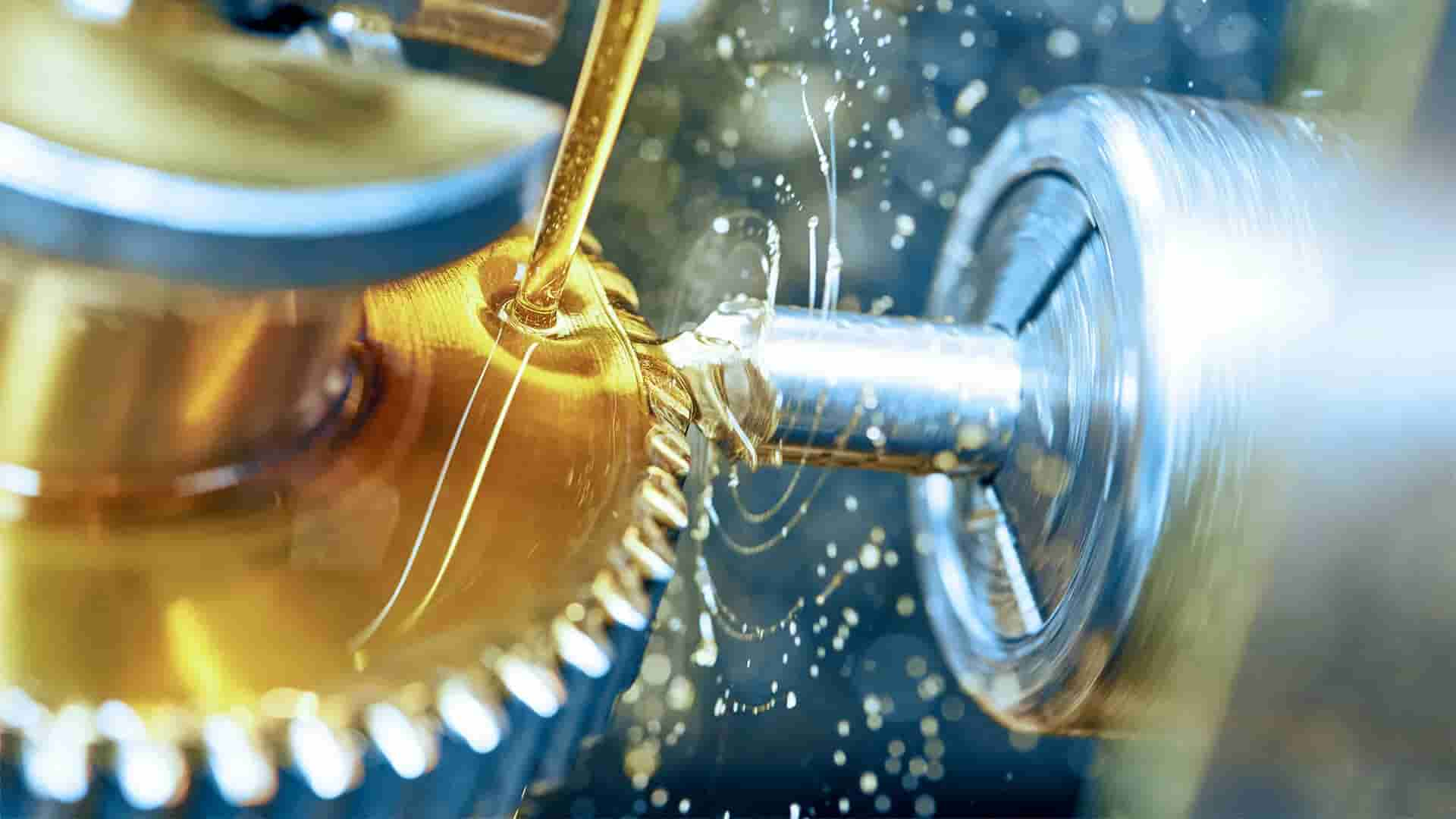
engine oil density vs temperature
The process of choosing the appropriate lubricant for your engine may be made much easier by making use of these standards, which are derived from the aforementioned measuring techniques.
No one viscosity value can be assigned to a certain SAE grade, such as SAE 40.
In its place, it designates a viscosity range that is bound by both a minimum and a maximum.
Lubricant makers have the option to design their products within the acceptable range of viscosity for a certain grade of lubricant.
This range is referred to as the viscosity range.
When it comes to lubricant viscosity and pumpability at low starting temperatures, SAE grades that contain a "W" indicate what they mean.
It's possible that lubricants lacking the "W" designation will become too thick to use as the temperature drops.
Warning lights and the majority of current gauges are electrical or electronic, however many previous oil pressure gauges were true hydromechanical gauges.
When troubleshooting issues related to low oil pressure, using an oil pressure gauge, which you might be able to rent from an auto parts store, is the most accurate method for determining the actual oil pressure in the engine.
Warning lights or meter readings that are off might be the result of electrical issues, even though the actual oil pressure is satisfactory.
Faulty oil pressure sensors, which are often referred to as pressure switches or sending units, are typical failure areas because they are continually subjected to pressure in a very hot environment.
After determining the actual pressure using the instrument, you should then examine the sensor while the engine is running with a digital multimeter (DMM), as instructed by the repair handbook for your particular car.
Erroneous pressure alerts can also be caused by open circuits and short circuits in electrical systems.
You may trace the necessary circuits for repair by using a digital multimeter (DMM) and a repair manual.
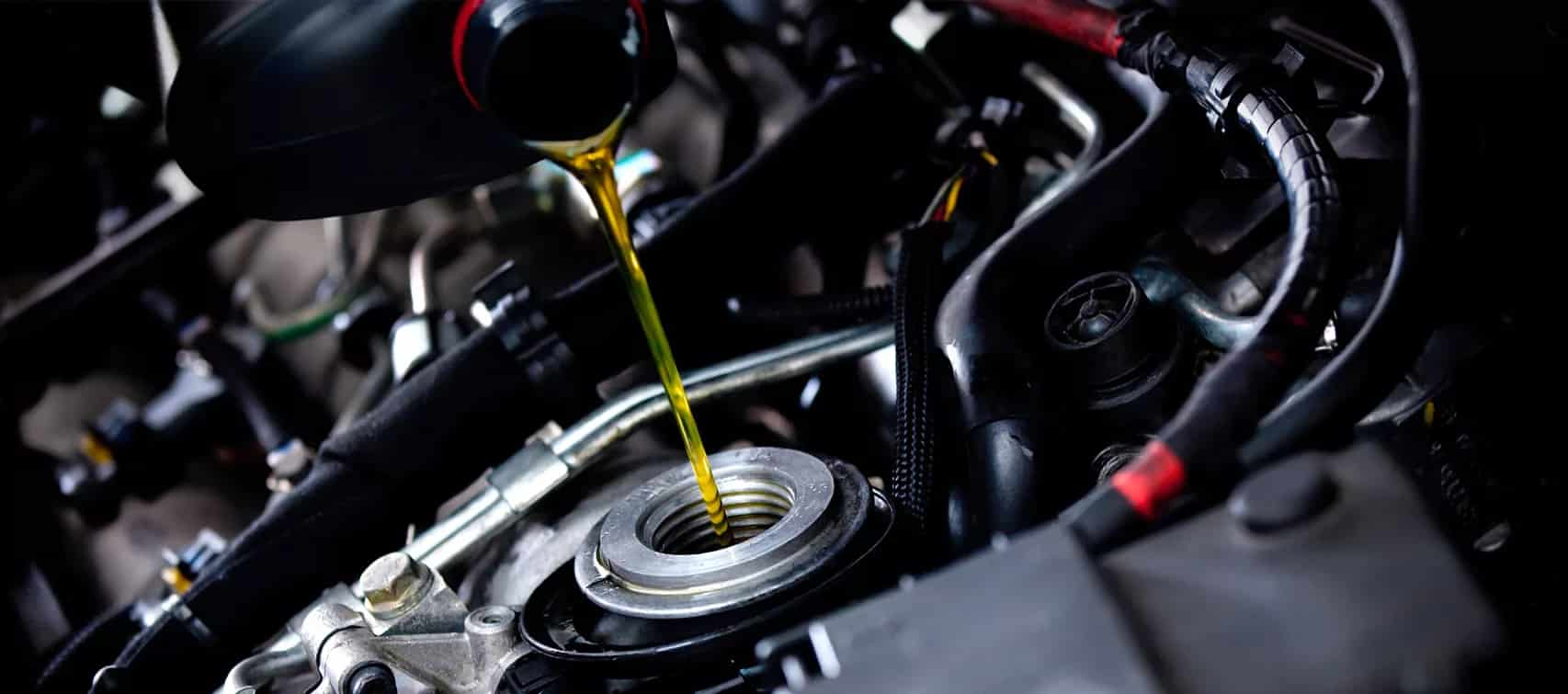
How useful is this article to you?
Average Score
5
/
Number of votes:
1






